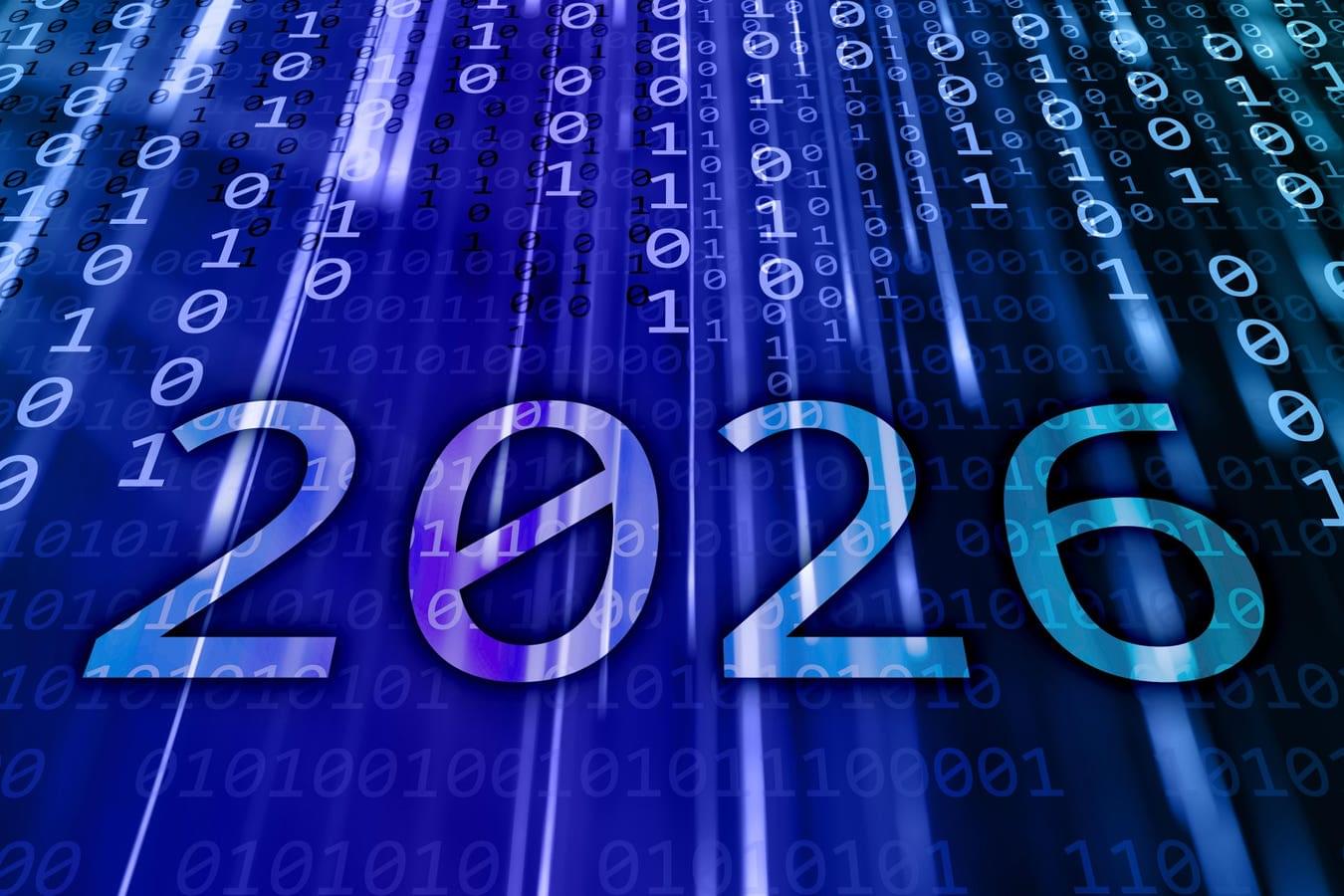Billions of years ago, cyanobacteria began releasing oxygen through photosynthesis, but the atmosphere stayed oxygen-poor for ages. Researchers uncovered that trace compounds like nickel and urea may have delayed Earth’s oxygenation for millions of years. Experiments mimicking early Earth revealed how their concentrations controlled cyanobacterial growth, dictating when oxygen began to accumulate. As nickel declined and urea stabilized, photosynthetic life thrived, sparking the Great Oxidation Event. The findings could also guide the search for biosignatures on distant worlds.
The arrival of oxygen in Earth’s atmosphere marked a defining moment in the planet’s history, transforming it into a world capable of supporting complex life. This major shift, known as the Great Oxidation Event (GOE), took place approximately 2.1 to 2.4 billion years ago. However, oxygenic photosynthesis — produced by cyanobacteria — had likely evolved hundreds of millions of years before this event. Despite this early ability to generate oxygen, atmospheric levels remained low for a surprisingly long time. Scientists have long debated the cause of this delay, considering explanations such as volcanic emissions, chemical sinks, and biological interactions. Yet no single factor has fully explained why it took so long for oxygen to build up in Earth’s air.
To tackle this enduring question, researchers focused on an often overlooked element of early Earth chemistry: the role of trace compounds such as nickel and urea in cyanobacterial growth.








